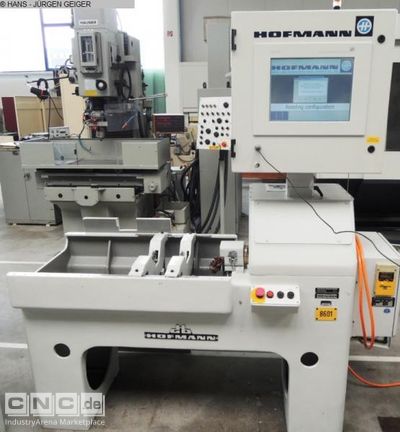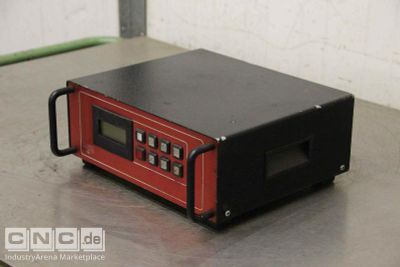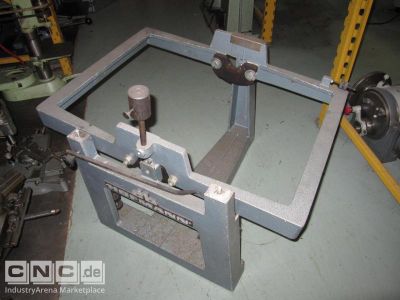Mercado de máquinas e instalaciones usadas
Máquinas usadas Balancing machines
Balancing machines are devices used to measure and compensate for imbalance in rotating objects such as engines, fans, propellers, gearboxes, crankshafts and other rotating components. The imbalance can cause vibration, noise, damage to bearings, increased wear and ultimately failures. Balancing machines allow the imbalance to be identified through precise measurements and corrected by applying balancing weights. There are several types of balancing machines, including: Single-shaft balancing machines: These machines can balance only one object at a time. They are often used in workshops or factories to balance small components such as fans or crankshafts. Two-shaft balancing machines: These machines can balance two objects at the same time. They are often used in the aerospace and automotive industries to balance large rotating components such as propellers or drive shafts. Vibration isolation balancing machines: These machines are used to balance large objects such as marine propulsion systems or turbines that cannot be accommodated on conventional balancing machines. The machines are designed to isolate the vibrations of the object being balanced and transfer them to the floor. The use of balancing machines is an important part of quality assurance in the production of rotating components.
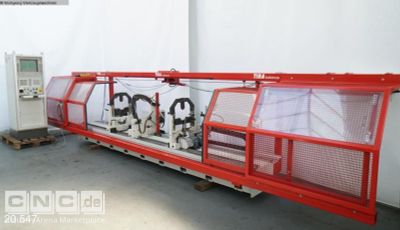
|

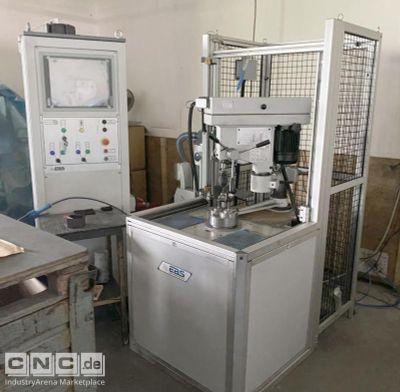
|

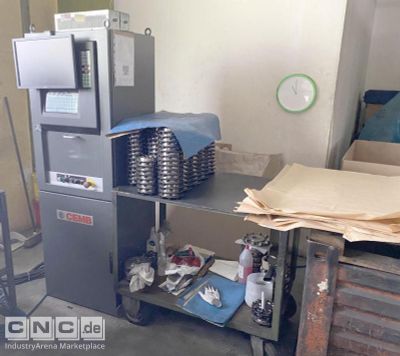
|












